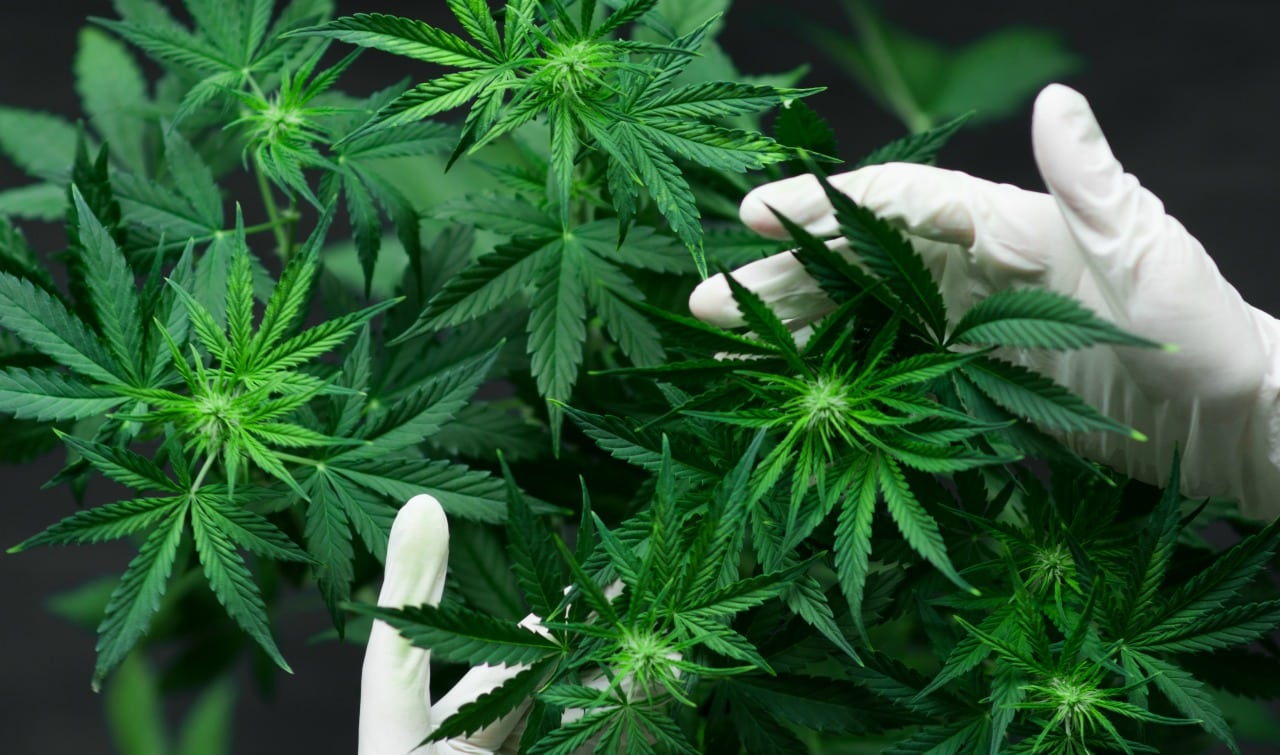Tirivanhu Kateera
In recent years, anti-tobacco lobbyists globally are gaining ground in their bid to drive the golden leaf from the face of the earth. Reasons cited for the unpopular move especially in the eyes of countries from Southern Africa ranges from health to environmental issues.
According to Tobacco Reporter and the Economic Intelligence Unit, Zimbabwe earned US$782 million from tobacco in 2020, down from US$904 million in 2019.
The impending tobacco ban must be quelled by the surging global appetite for marijuana for medicinal purposes. This is the ray of hope for countries from the region, considering the favourable climatic conditions Southern Africa has for marijuana production. Earnings from this crop would be expected to rise from growing demand as more and more conservative countries lift the ban on the trade and use of the drug.
It is highly an undisputed fact that marijuana is a more environmentally friendly crop compared to tobacco which requires firewood or coal for curing. Besides the heavy impact tobacco has on forests, it also demands lots of environmentally hostile chemicals to produce. Therefore, other than the monetary value the region will get from marijuana, it would aid the Southern African region in cutting on environmental degradation.
To avoid the export of raw or semi-raw materials, from the start there is need for the region to quickly organise itself and set up beneficiation facilities to enable the export of finished, higher earning end products of the drug and move away from what has been obtaining in the tobacco industry over the years.
More so, there is need for the region to come up with policies and laws that allows farmers or investors from respective countries to be able to participate in the production of the crop ahead of foreigners and this does not mean that foreign direct investment (FDI) is not required. FDI should come in largely at processing level which is mainly capital intensive not production of marijuana.
Policies should also guard against “slave” like contract farming arrangements which often leave the farmer poor and merchants rich.
The bulk of marijuana importing countries requires it for medicinal purposes; few use it for recreation.
Lesotho was the first African country to legalize cannabis (in 2017). Since then, Zimbabwe, South Africa, Malawi, eSwatini, Zambia, Uganda, Rwanda, and Ghana have all embarked on some kind of reform. The continent in general is ideal for the cultivation of cannabis of the outdoor kind—starting with the position of the continent on the globe and the amount of sun the continent receives.
In Zimbabwe specifically, the government expects to see export earnings from cannabis outstrip those of tobacco (by three times) in the immediate future. Tobacco, up until cannabis, was Zimbabwe’s most valuable export crop. Indeed between September and November last year, the Zimbabwe Investment and Development (ZIDA) Agency had issued 44 licenses. Total earnings for companies in that sector are expected to reach a whopping $1.25 billion this year.
According to ZIDA the global Medicinal Cannabis sector is projected to grow to $68 billion by 2027 and Southern Africa is pressing to get a share of this market.
Also a 2019 report from Prohibition Partners, a research and consulting firm specializing in the legal cannabis industry, estimated that Africa’s cannabis business could be worth as much as $7.1 billion by 2023.
The Southern African climate and soils are conducive for the production of several cash crops hence the impending ban on tobacco should not rattle the region as options are many. Growing of marijuana could be a good idea as the move could as well counter the perceived ban of tobacco in Africa in general and Zimbabwe in general.




